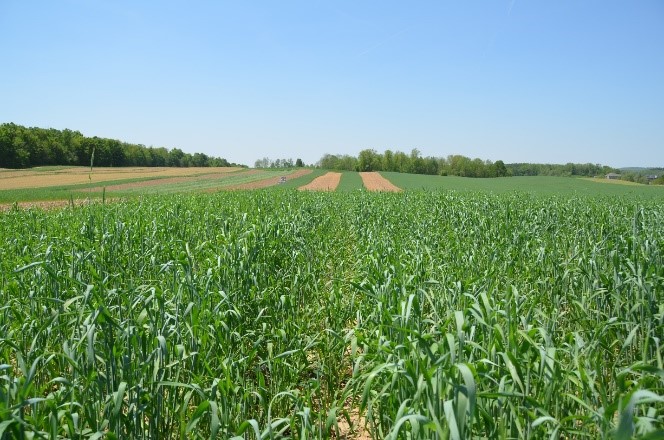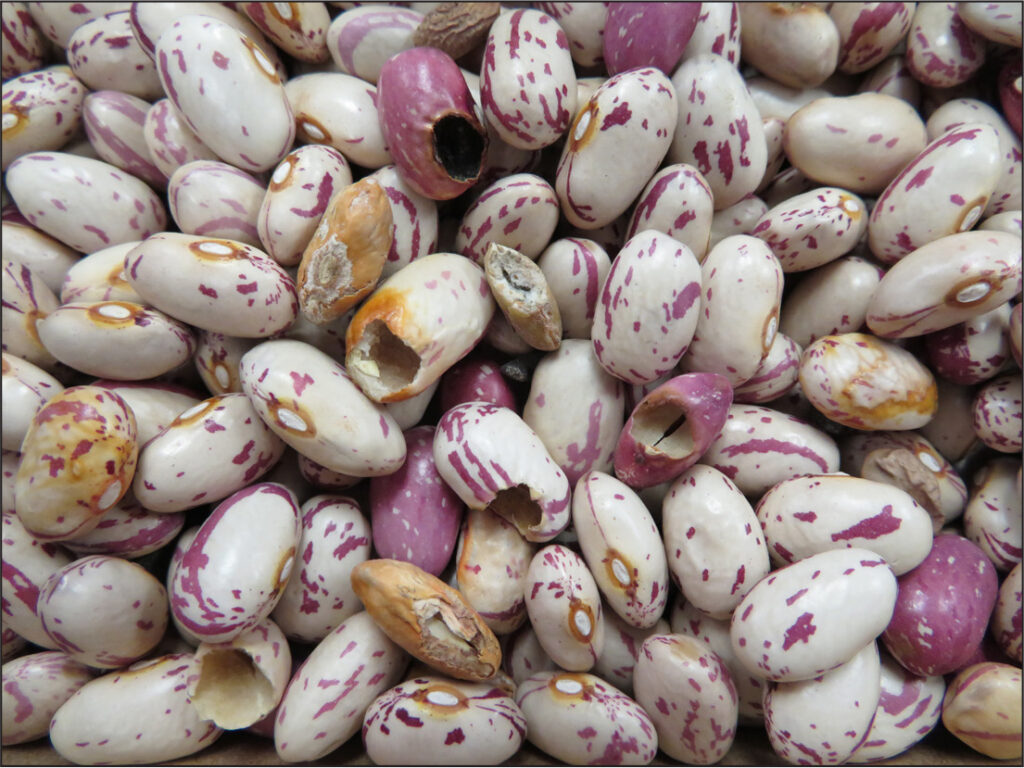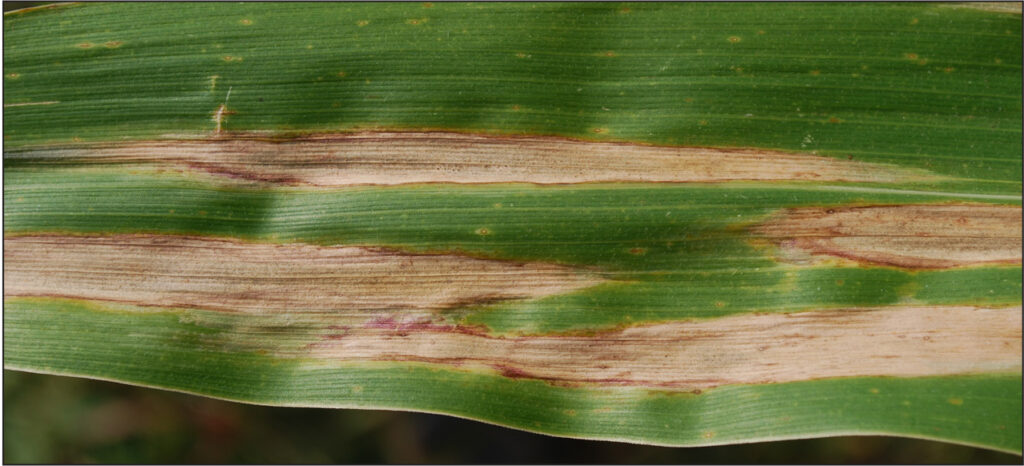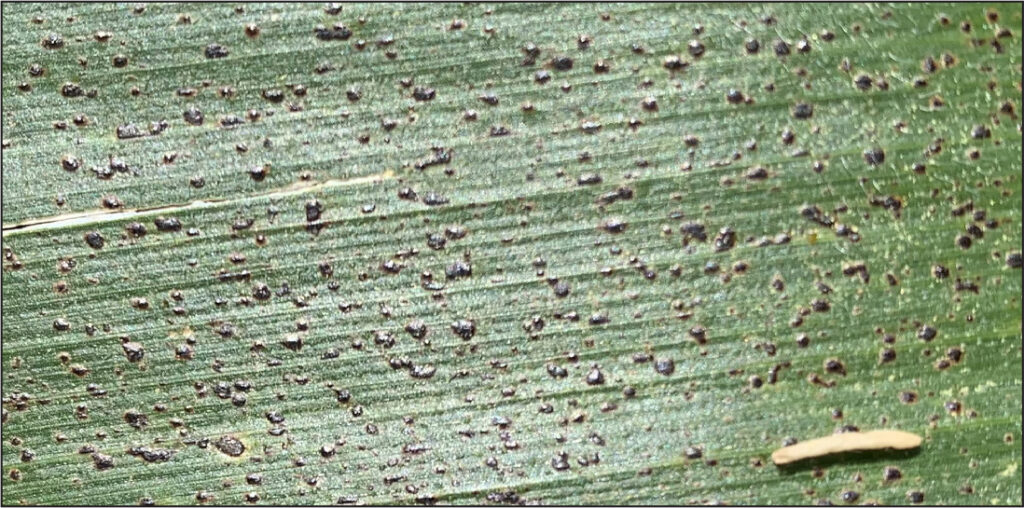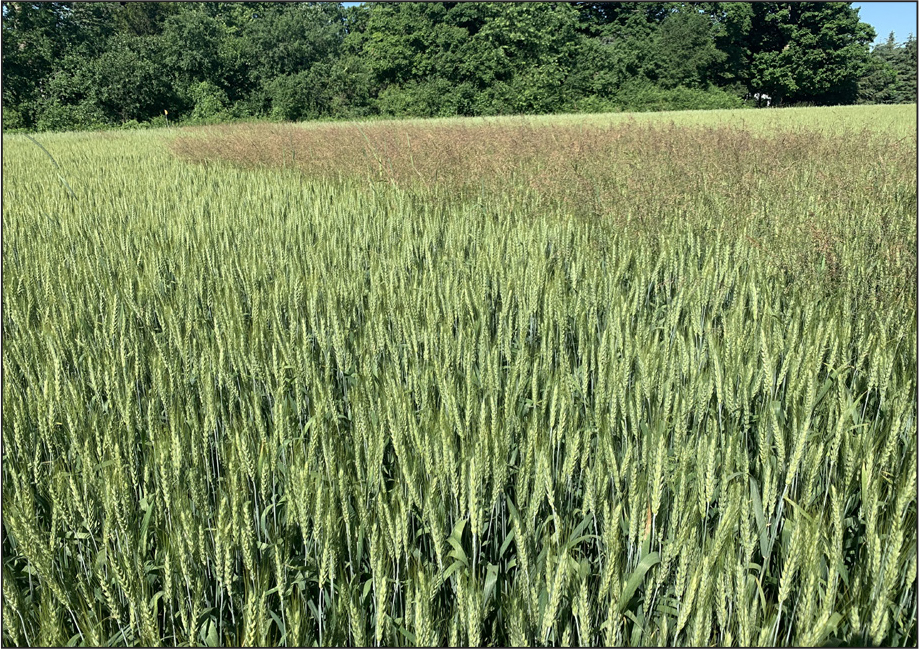When do cover crops, with and without manure applied, release nitrogen that can be used for my corn crop?

Cover crops can produce nitrogen. We looked at when different species release nitrogen and the impact that adding manure has on the timing and release of nitrogen. The simple answer Predicting nitrogen (N) availability from cover crops is complicated. Cold and wet conditions in the spring negativelyimpact soil microbial activity and can result in significant […]

